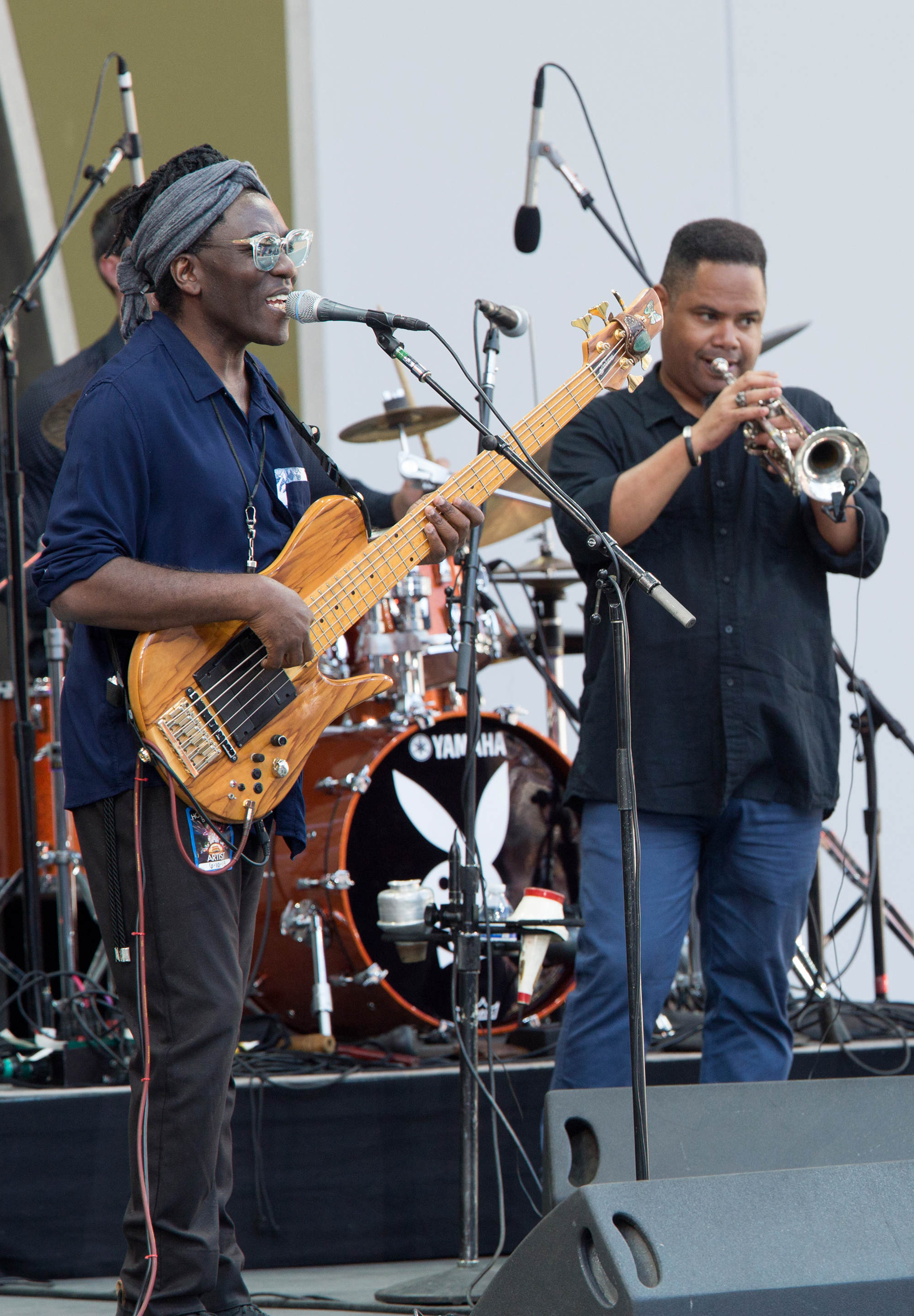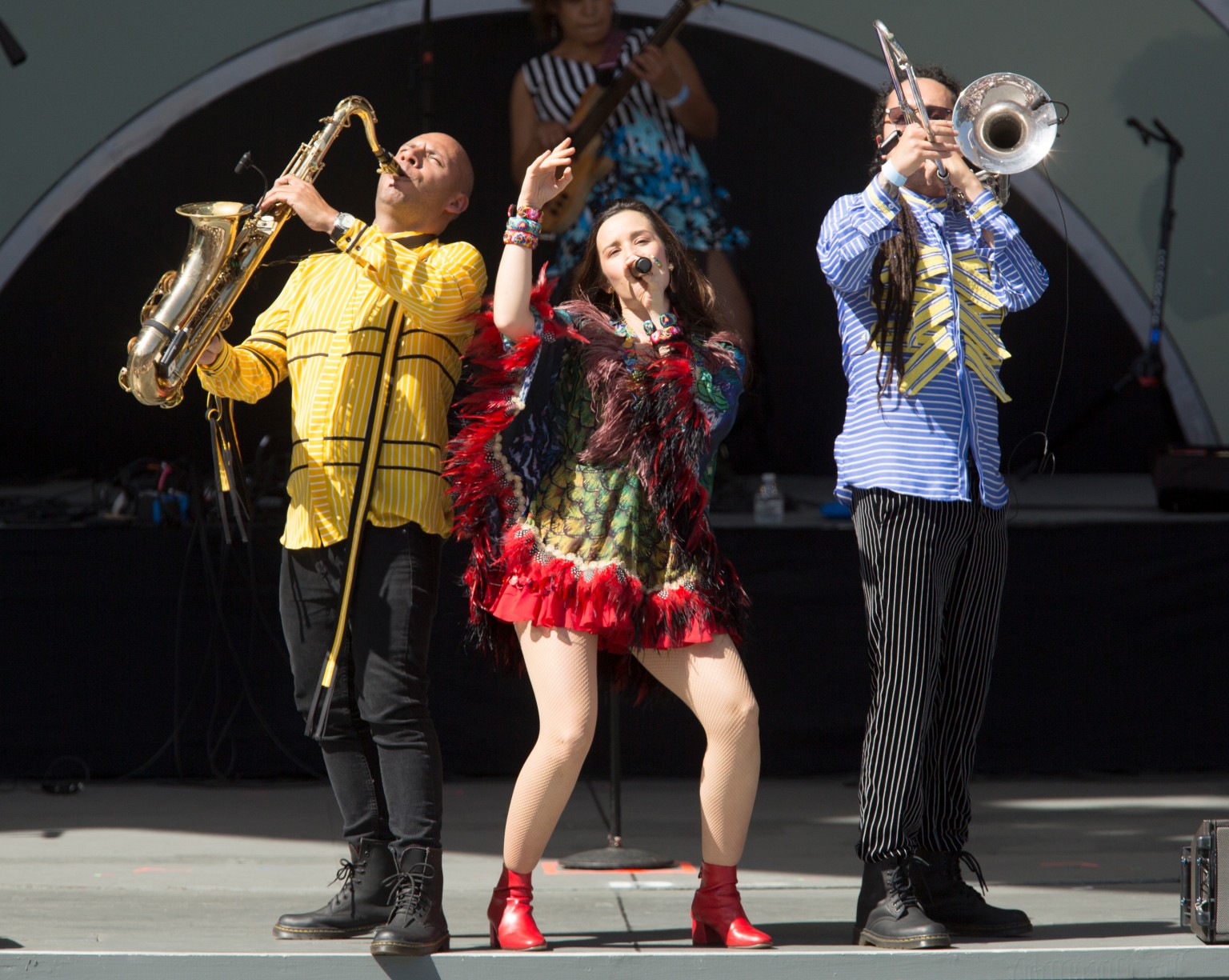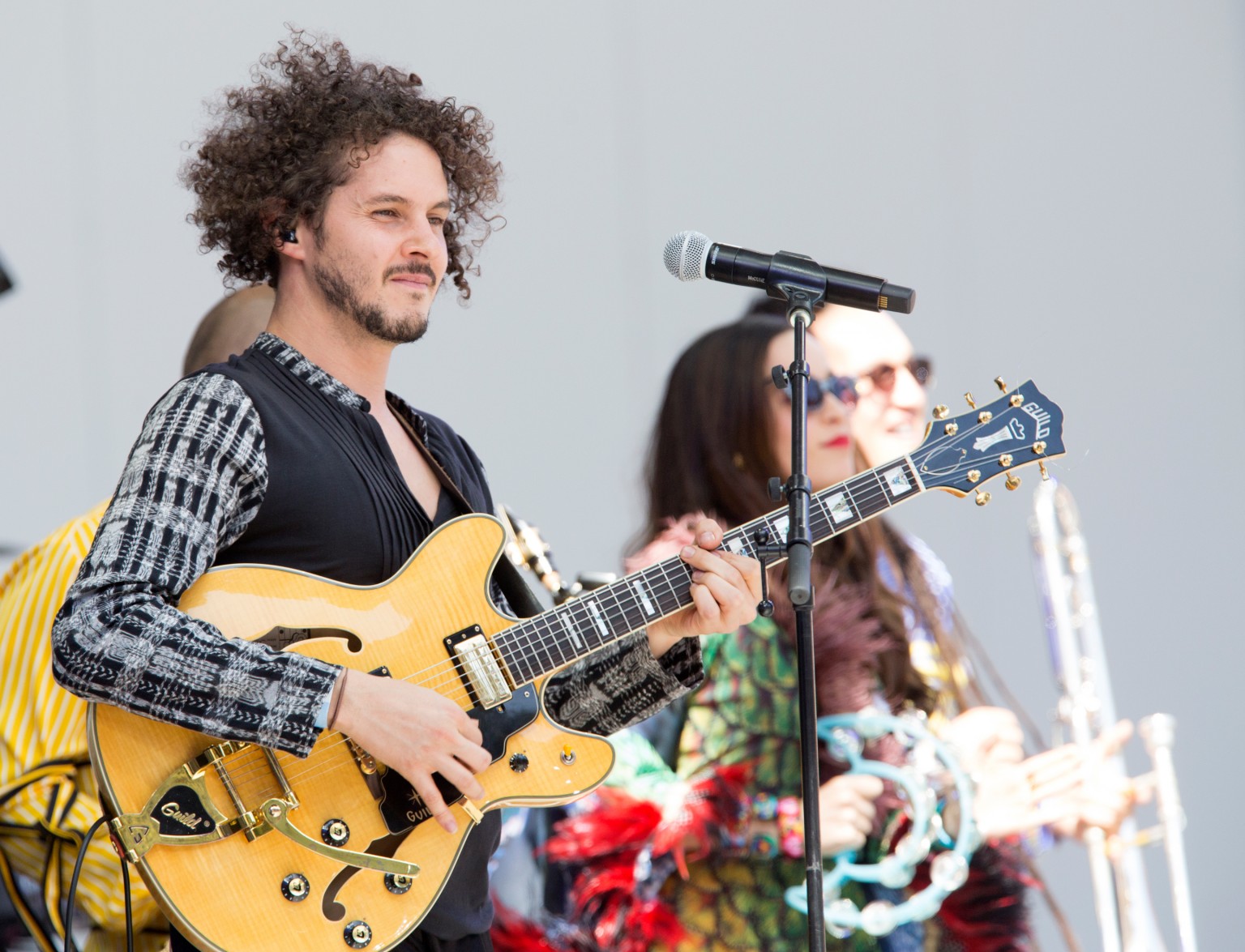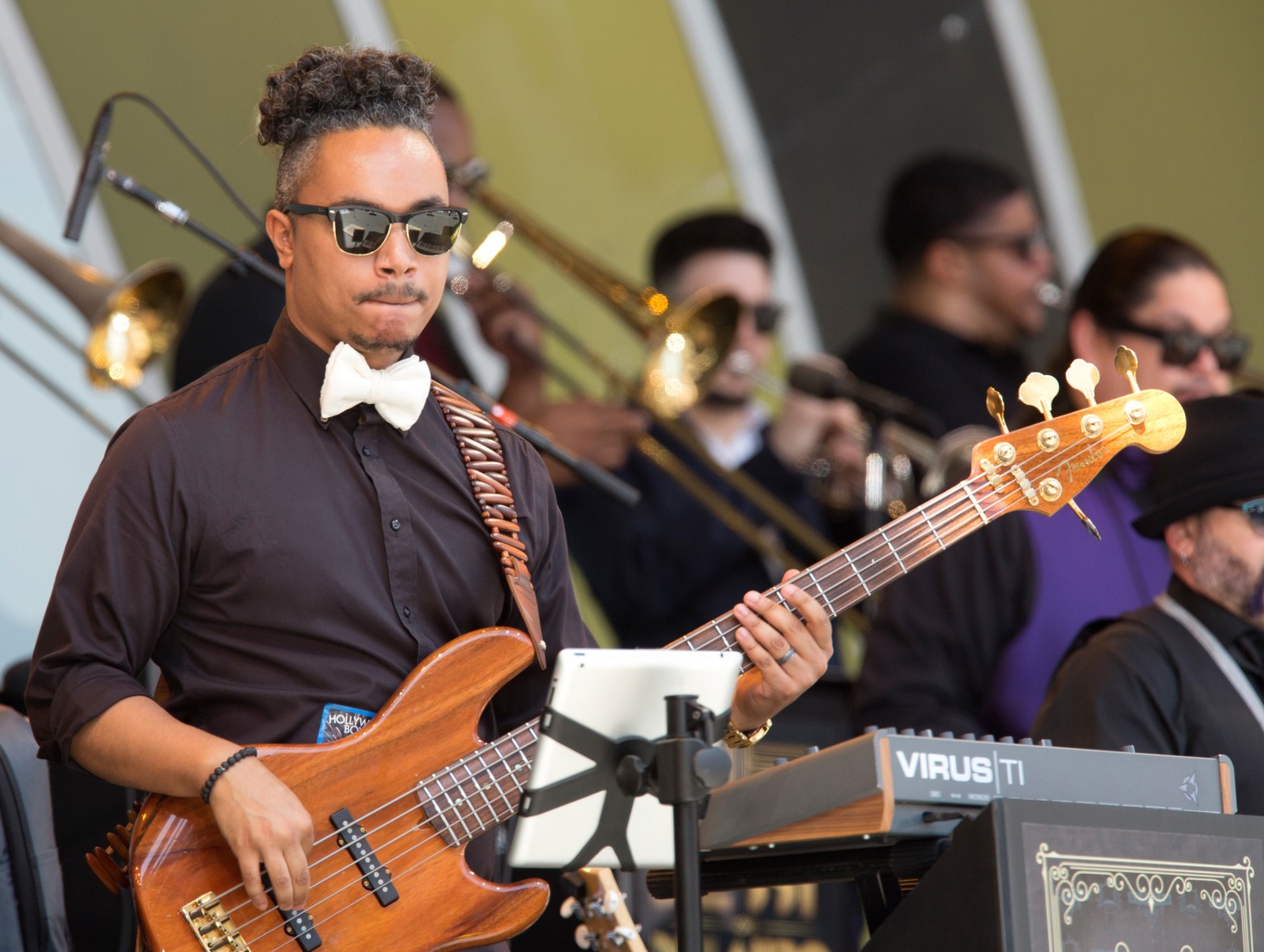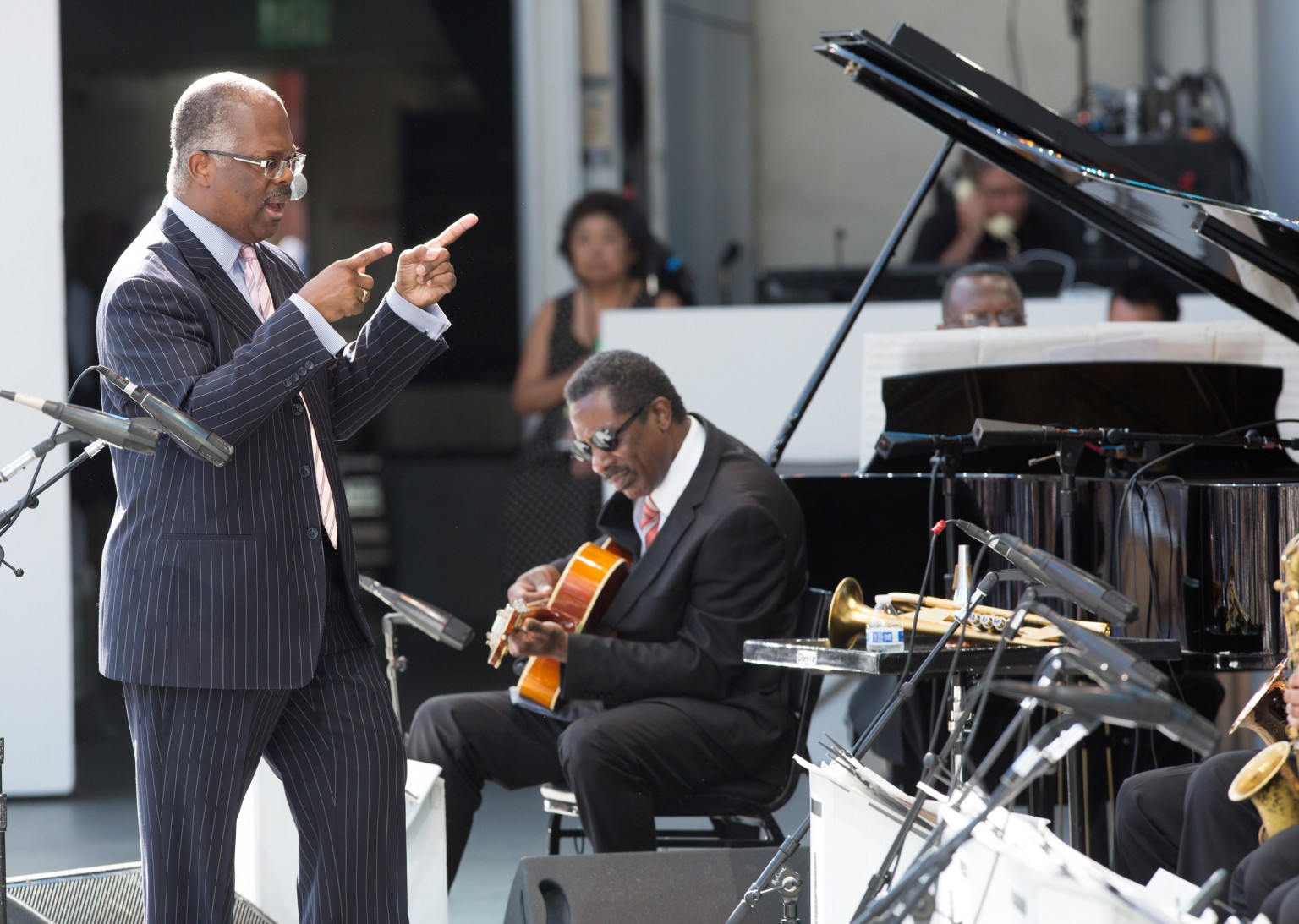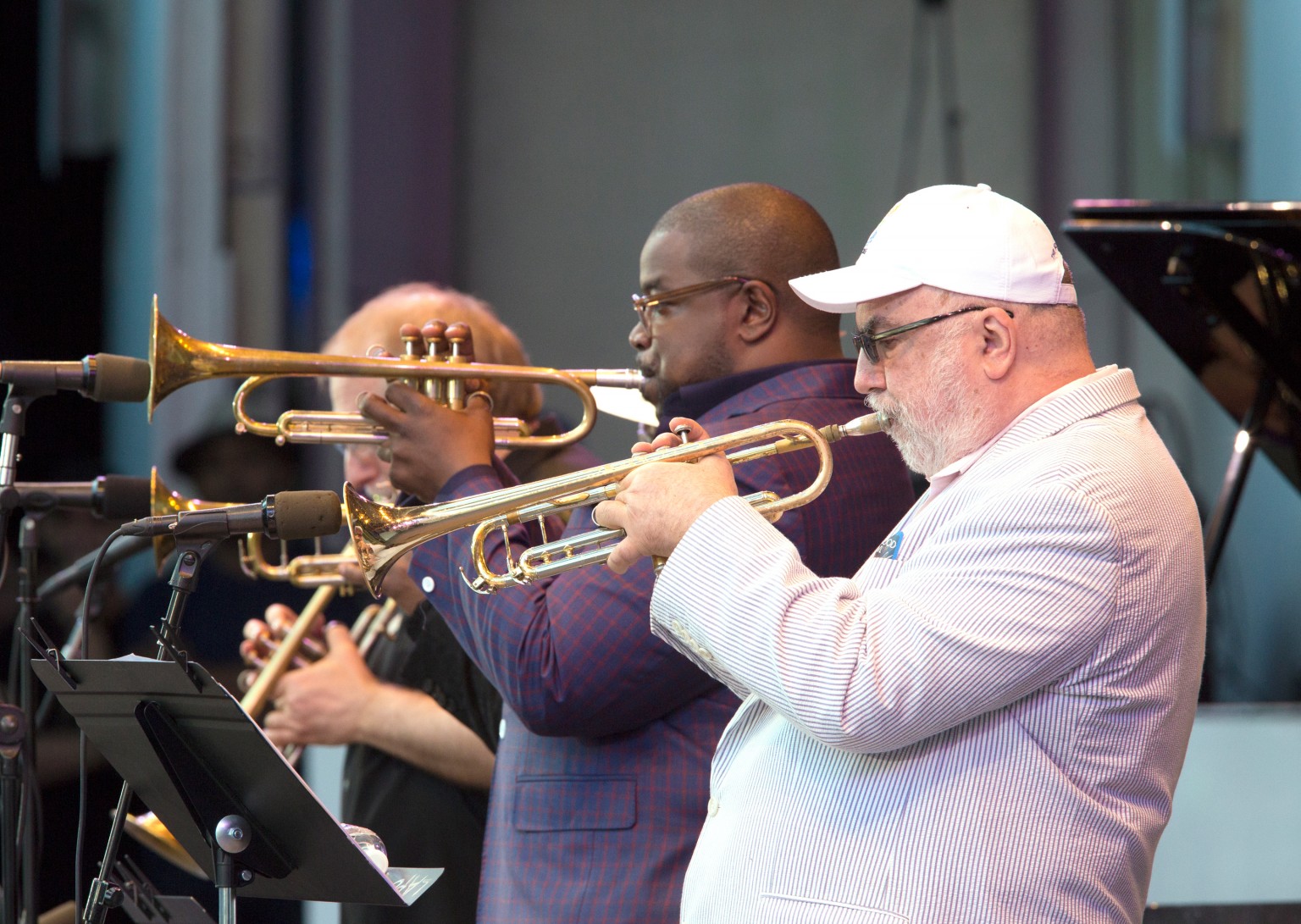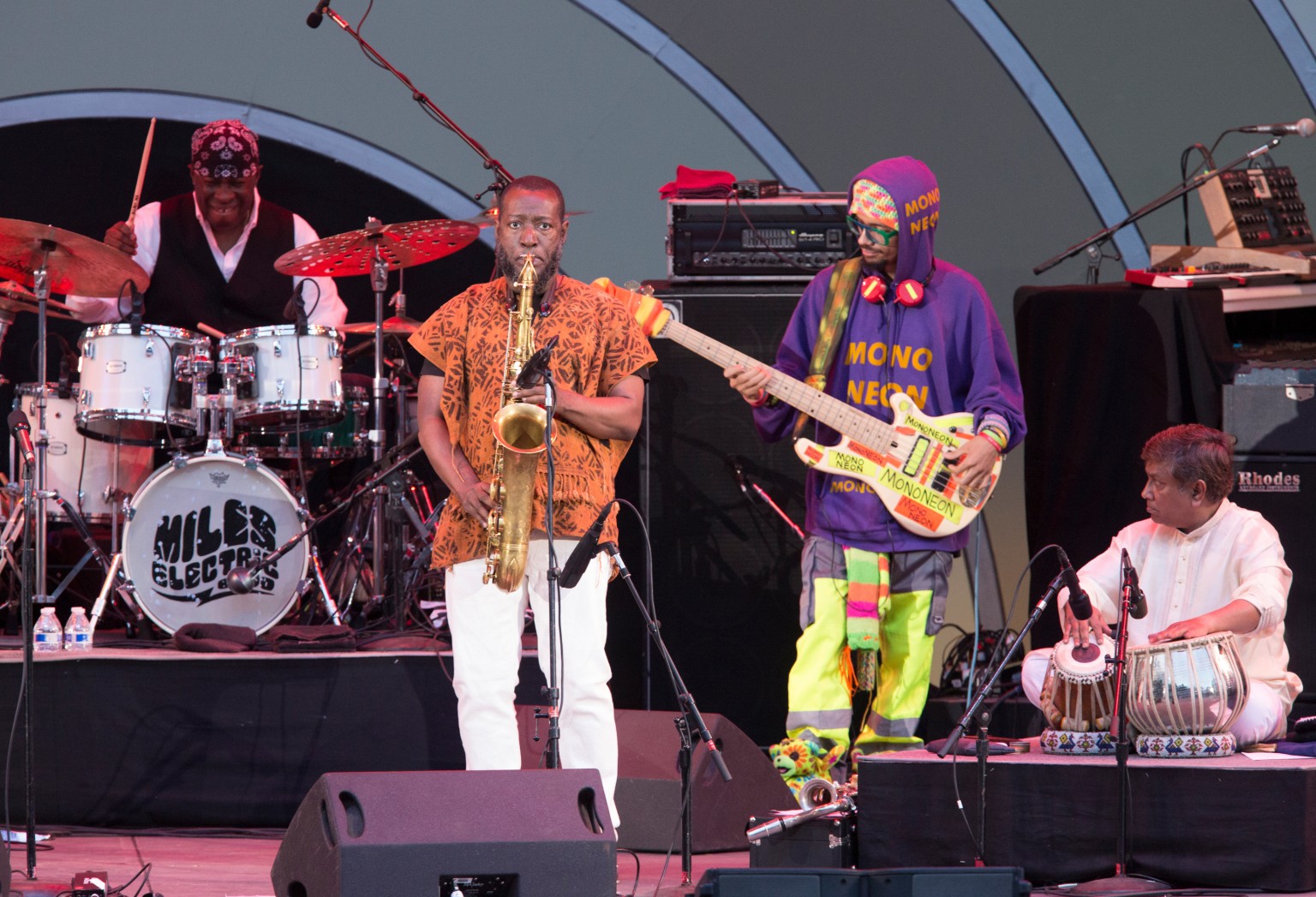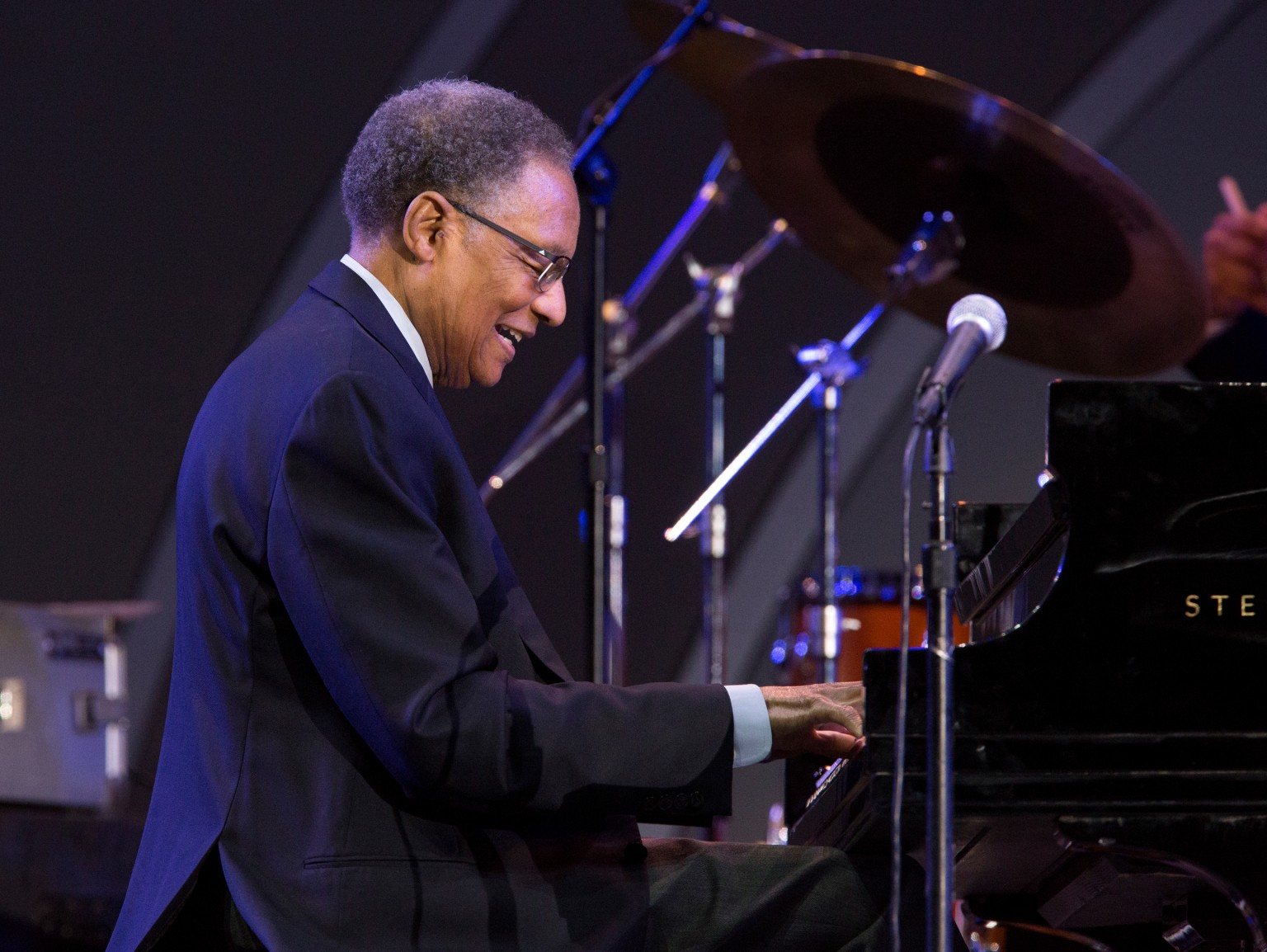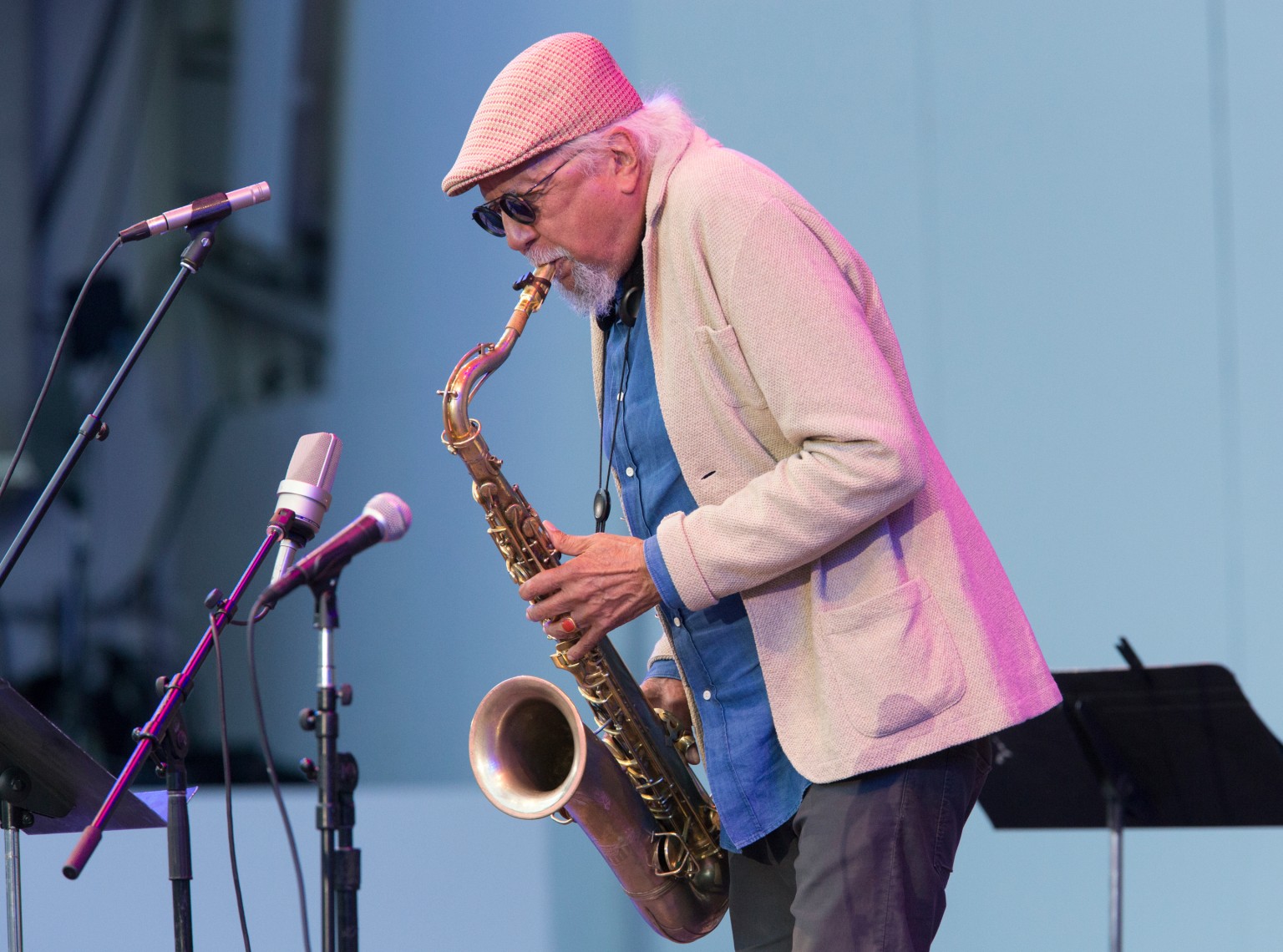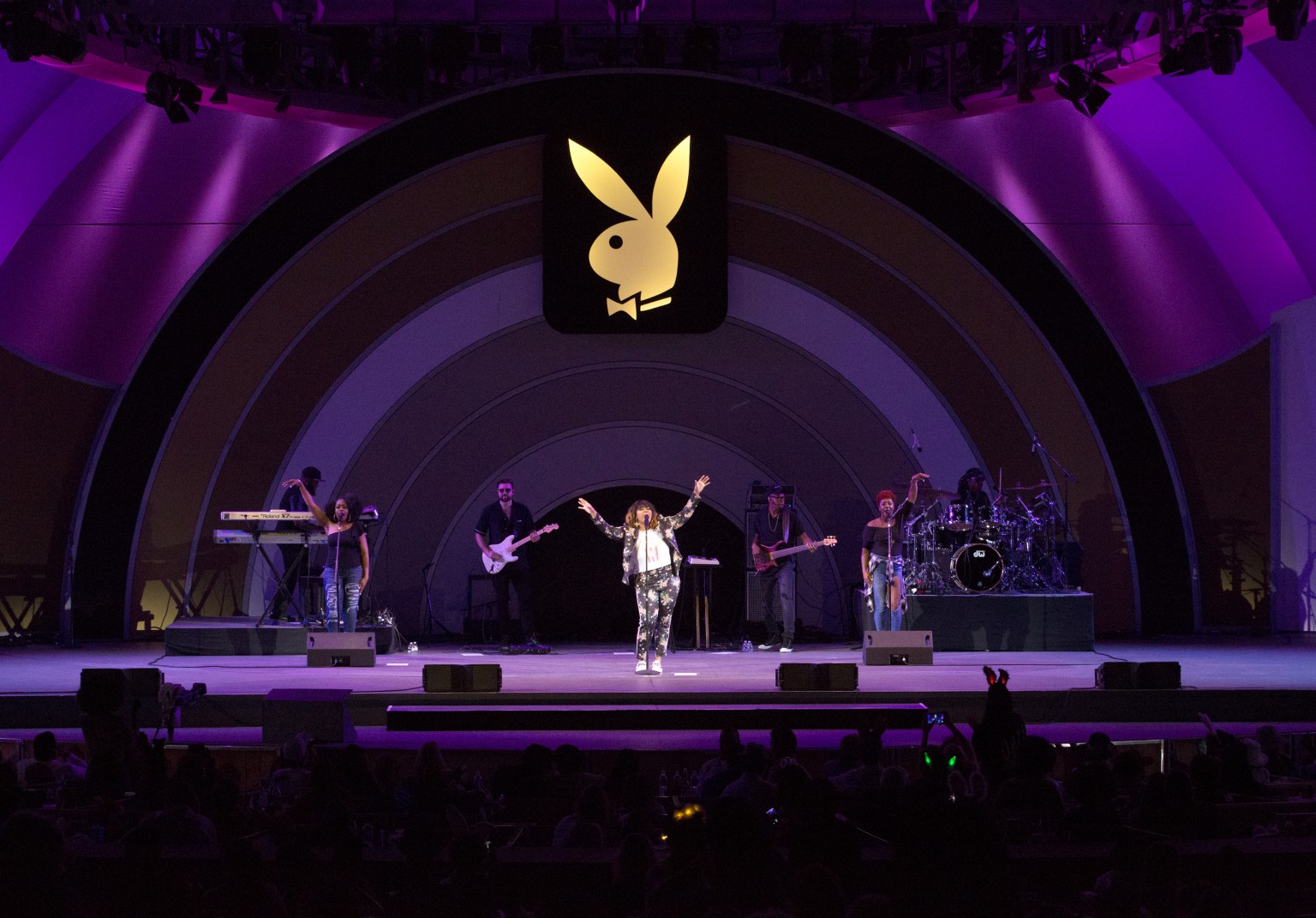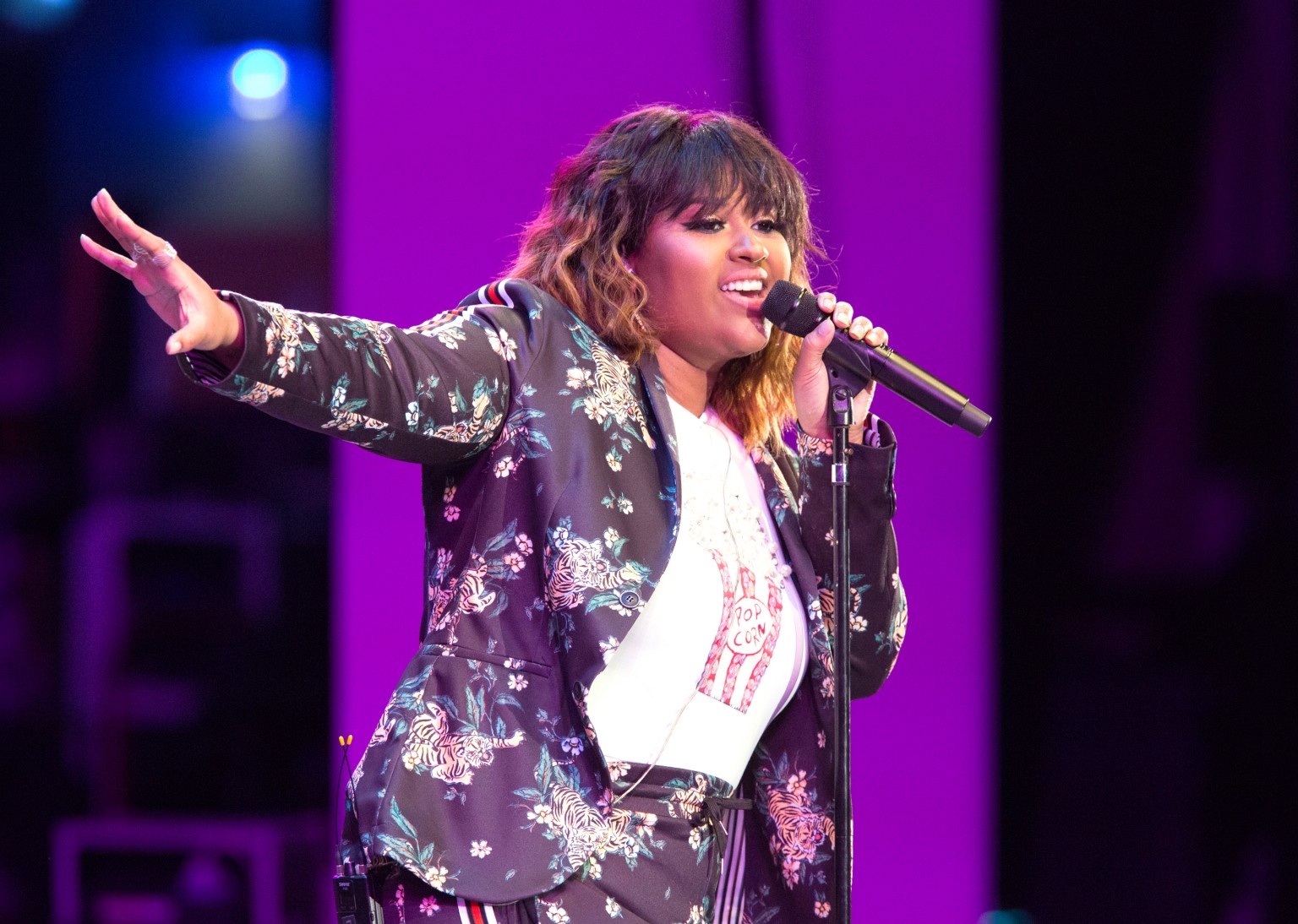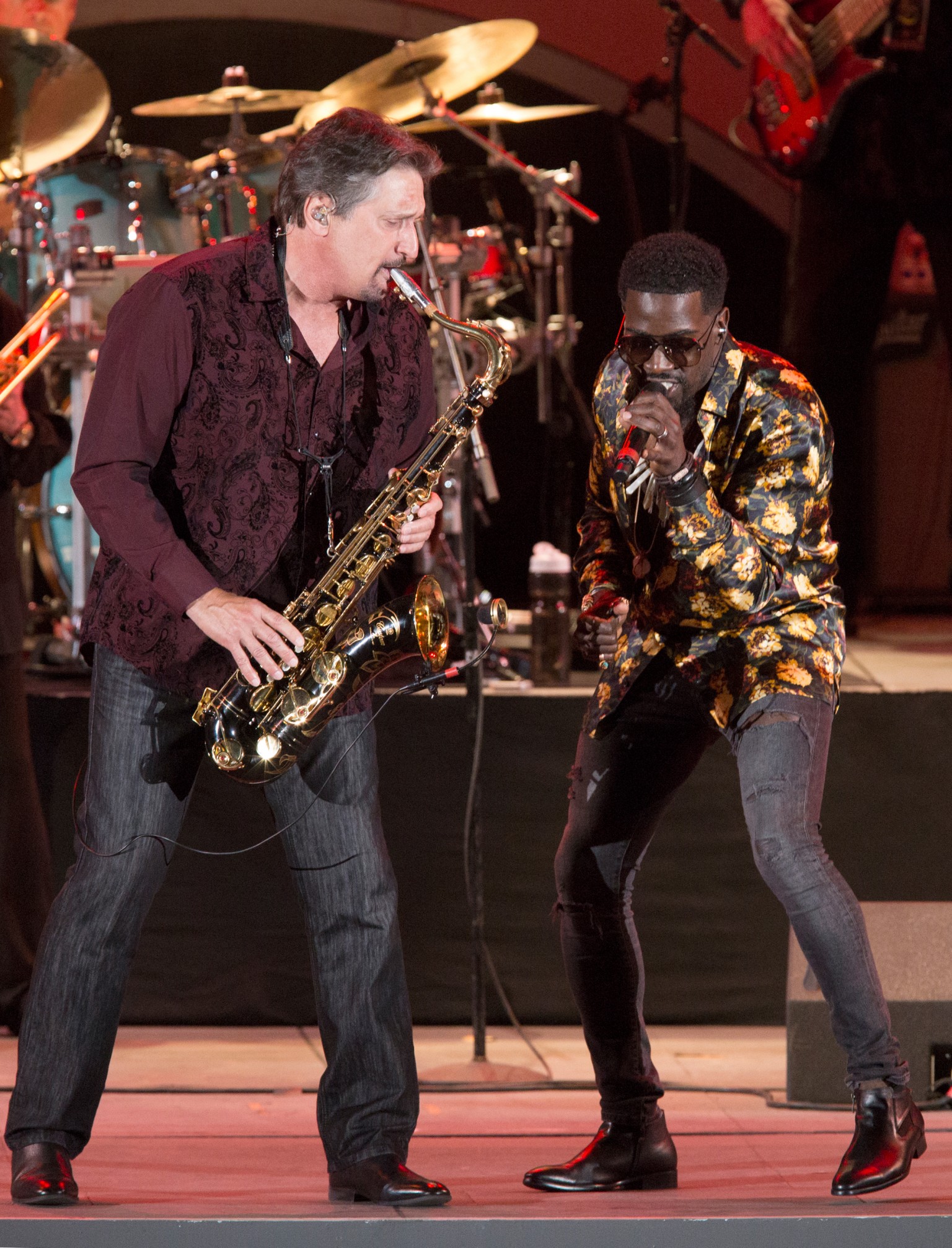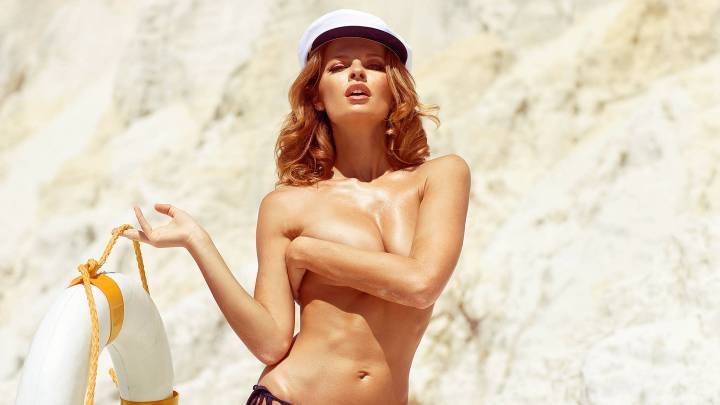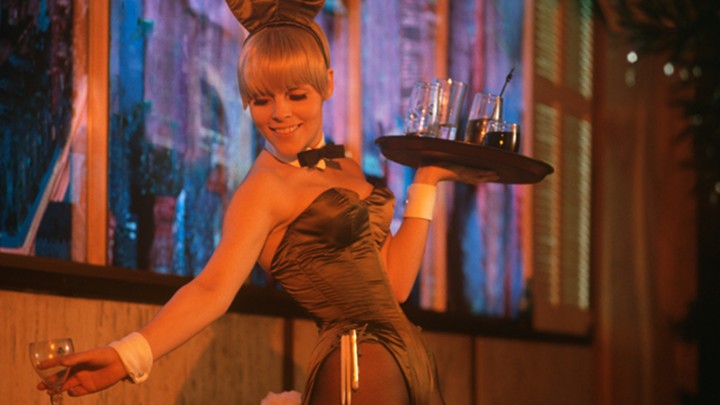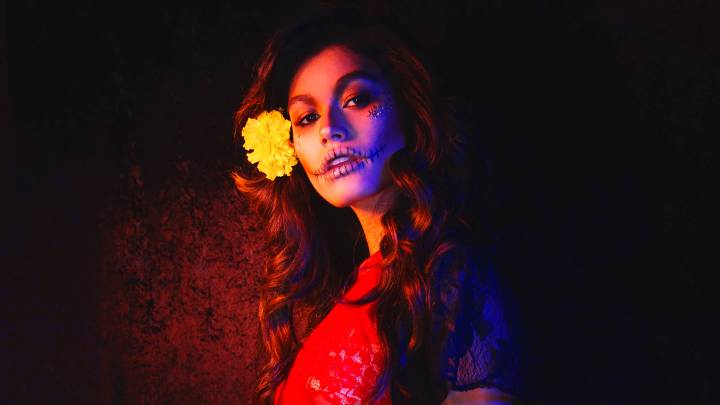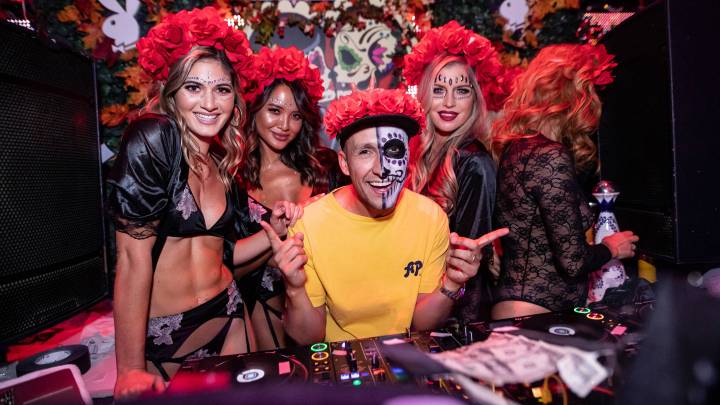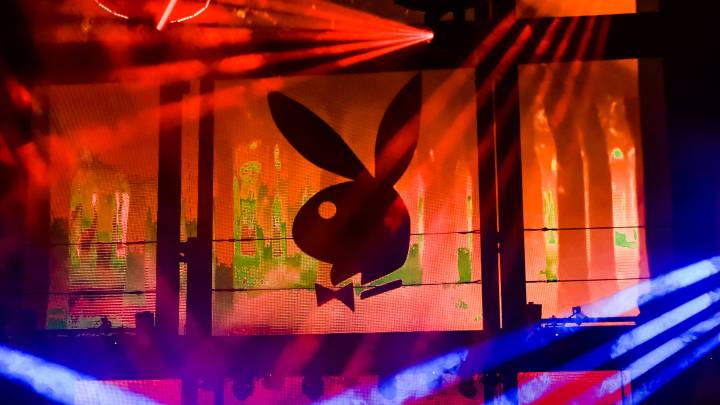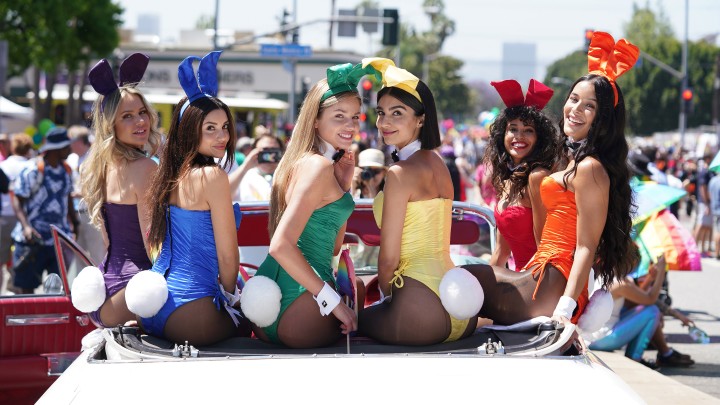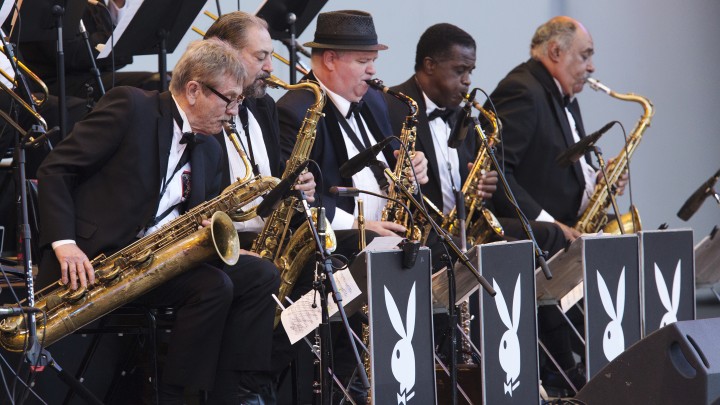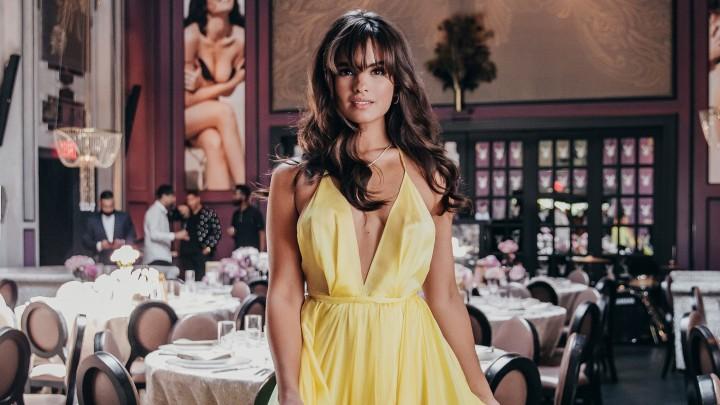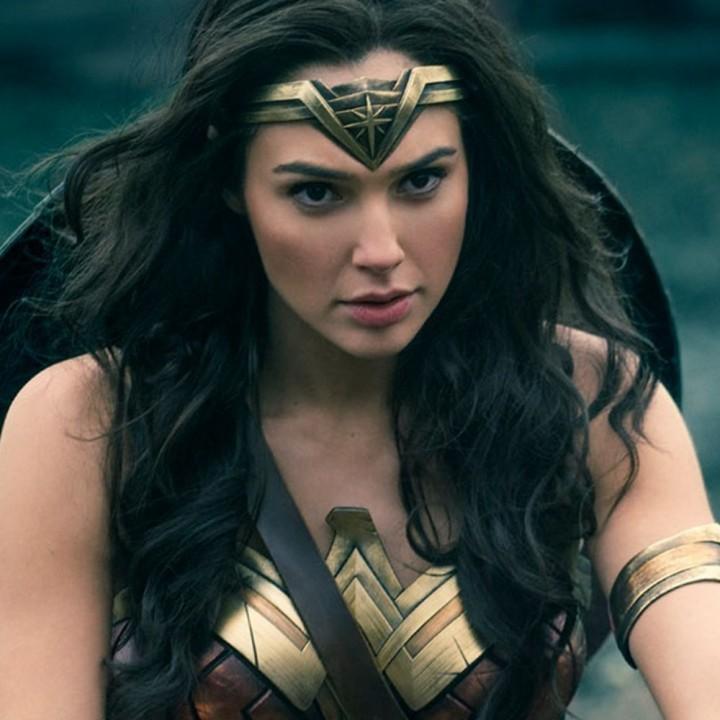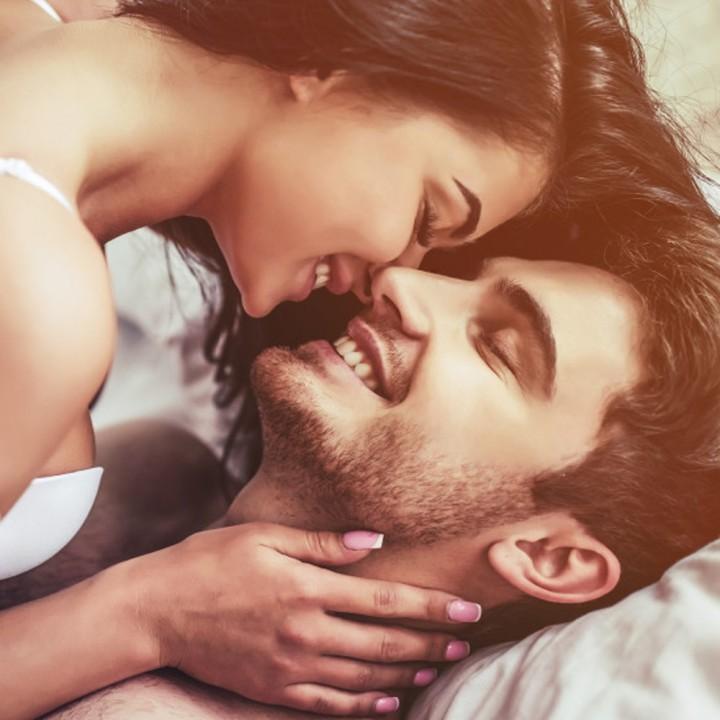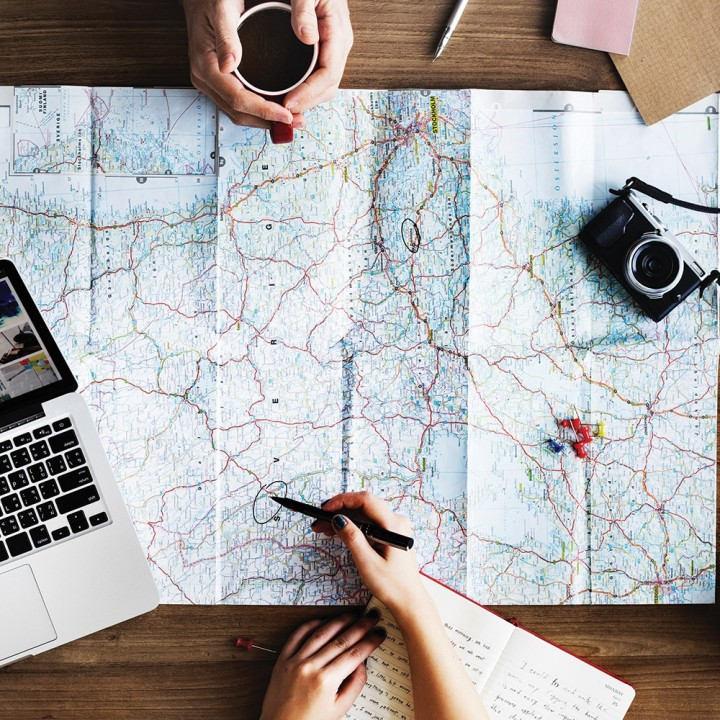
The 40th Playboy Jazz Festival at the Hollywood Bowl Was a Patriotic Celebration
It’s a patriotic duty to attend a jazz festival at least once in your life. It’s a right of passage, a trend-averse American experience that’s so out-of-fashion with critics and indie-rock intellectuals that it now belong to the working-class backbone of this country.
This is America, spinning around in front of me in real time, with a Cuban cigar in his mouth and dressed sharply in a silk vest and baggy seersucker pants that defy the tyranny of modernity. “There you go…there you go, baby,” he practically sings, reaching for a giant steel flask with a faucet attached to it, which looks like a ridiculously utilitarian thing we should all own.
Playboy Jazz Festival feels like a classy ball-game of about 17,000 antediluvians who refuse to “refrain from talking during the show” and get sloshed in anticipation of something funky. “There you go!” as if the batter just nailed a double on his way to second base. “Yeah!” a few people cheer. It was relatively quiet before that (though it’s never quiet at the Hollywood Bowl and nobody ever seems to be sitting down). What’s happening on stage—jazz, blues, most of the time—is what happens during a split-second at a ball-game, when you hear a bat crack and hop like someone just lit a firecracker under your ass. Tell me: Is there anything more freedom-inducing than that?
During the second day of the 40th Annual Playboy Jazz Festival, those moments were premeditated by the maestros on the stage, as they swung solos that cut through the hot-air like soaring projectiles in B-minor, riding the wave of the Santa Ana winds across the sunflowers and bottles of cabernet sauvignon on the way to the back of the Bowl, in the “Gold Section,” where plumes of smoke were punctured by the cutting notes of someone’s terrifyingly accurate trumpet.
Security, by the way, has all but given up on controlling the aisles between the wooden booths—where all the decadence and beach ball autographing took place. “This is not what I expected,” my photographer tells me, a Brooklynite who expected old-timers, and instead got what feels like the Kentucky Derby for Angelenos who refuse to play ball, if you will, with hipsters.
There’s about three of those here, mostly journalists. Seventy to 80 percent of Jazz Fest spectators look like they walked off the set of Soul Train, or front-row at a Lakers game. If people watching voyeurism at a desert fest is an IQ-lowering experience, where you’re pummeled with the same boho, Forever 21-style unoriginality, the runway at Playboy’s Jazz Fest is paired perfect with the music: straw fedora hats, African-patterned dresses, glimmering gold chains, colorful beads, a woman wrapped in a giant red rose, cigars held in luxurious cases, bedazzled Bunny ears, and sure, a few dads dressed like they just got off a Disney cruise. The rotating stage adds to the old-school idealism of Jazz Fest, as if you’re at jazz-version of Disney’s Hall of Presidents ride. Threading the middle-aged onlookers with the next generation are names that most millennials sadly don’t seem to worship as much as dolts like Beyoncé, like Richard Bona, an Afro-Cuban prodigy on the bass who creates a kind of rhythmic experience that makes you want to shake like a maracas player on military-grade pep pills.
What brings us together is the sporting experience of cheering together when wise-cracking legends like Ramsey Lewis slow it down a bit, smiling like he’s done this before, too many times, as his piano sounds like rain drops on a “Chill Vibes” playlist, or when a crackling drum solo follows the baritone of an upright bass that creates a foundation for applause, a love-letter for these men and women who provide us with a nostalgic kick-back to a time when jazz translated the black experience into a liberating bop that made every American—white, black, Latino, Chinese—feel less strangled by squareness.
It rejected the puritanical work ethic and the post-war malaise, providing the devilish musical language for Hugh Hefner to reengineer America with beat poetry (men wrote while listening jazz), a Miles Davis interview, nude noir princesses and madmen like Lenny Bruce, who performed like a jazz soloist gone haywire.
That’s what jazz is: A translation of madness into something beautiful, a forgotten art form that seems to now live in the shadows of giants like Count Basie, who are remembered at Playboy Jazz Fest, or the standards of John Coltrane and Louis Armstrong, even as modern acts like Kneebody rewrite the language. Jazz Fest is about a desperate wanting we all have for nostalgia that past pulls them back into America’s cultural golden age, when well-dressed jazz conductors wiggled their hips and snaps their fingers, mouthing, “yeah, man, yeah”—which happens at Jazz Fest, a lot.
This is as American an experience as watching a baseball umpire yell “you’re out!” or the sound of a bat cracking like the snare drum of Charles Heath, who got a standing ovation at around 8 p.m. for a drum solo that had everyone momentarily stop twirling the ice in the cups and clap. Between those funky moments we mingled and talked shop, as my photographer rambled on about the journalistic importance of writing about the cheerleader-like athleticism involved in being a backup dancer in Parlor Social—a “neo-ragtime” act that played Day Two—or the entrancing experience of watching two tap dancers seduce you with their musical feet.
I can’t explain why this is my favorite festival. Maybe because I’m by nature a bit more old-school than the Coachella crowd. I like Jazz Fest because it isn’t something you can market or turn into a t-shirt at Forever 21. Jazz Fest, like a ball-game, is something that needs to be experienced live, with a sun hat, until the sun exits stage left, and then it’s a pair of blinking Bunny ears that turn Jazz fest into the most sophisticated rave in the good ol’ USA.—Art Tavana
The Playboy Jazz Fest: Bringing Down the House for 40 Years
From Chicago to LA, the Playboy Jazz Fest has become a summer tradition of note


